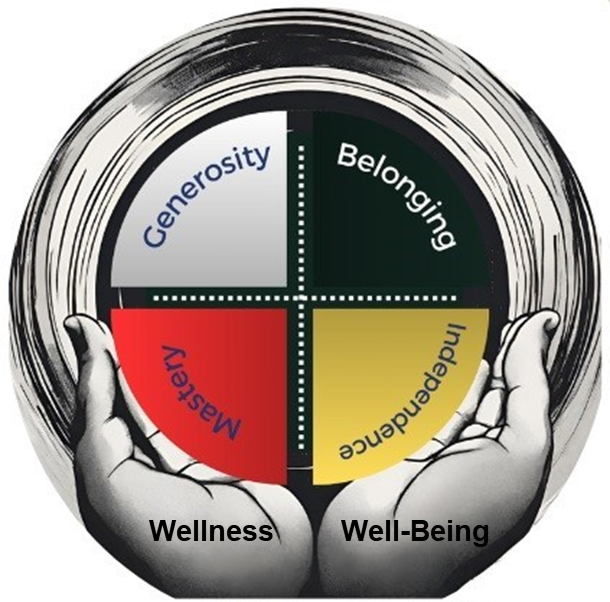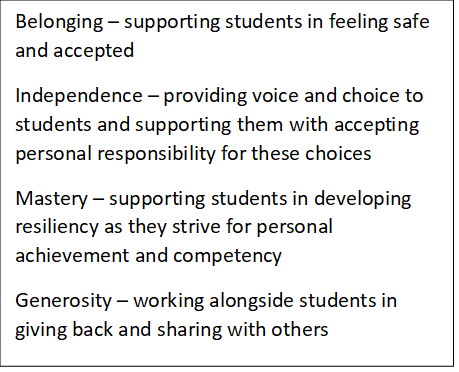ATM: Building a trauma-informed culture
.jpg)
What is trauma and how does it affect students?
Trauma is a word that describes a negative experience that someone has gone through. It can be something that happened once, like a car accident, or something that happened many times, like abuse or neglect. Trauma can make people feel scared, angry, sad, or numb. It can also make it hard for them to trust others, to feel safe, or to learn new things.
Students who have experienced trauma may have trouble in school. They may have difficulty paying attention, following rules, getting along with others, or controlling their emotions. They may also have nightmares, flashbacks, or physical symptoms like headaches or stomach-aches. Sometimes, they may act out or withdraw from their classmates and teachers.
These behaviours occur as the student tries to cope with their trauma and are not consciously intentional. They need support and understanding from the adults in their lives, especially at school.
What is a trauma-informed culture and why is it important?
Trauma-informed practices recognize the prevalence of trauma in students and the importance of providing a safe, caring and welcoming environment to ensure students are ready to learn. A trauma-informed culture includes understanding the following areas:
- The impact of trauma on students, including while learning.
- The multi-tiered levels of supports needed by different students.
- Maintaining high expectations for learning.
- Creating and maintaining a sense of belonging and purpose.
- The protective factors that support students.
- The importance of family and community engagement.
- Providing a safe and caring environment with consistency.
Trauma-informed practices are important because they can support students in their healing journey and succeed in school. They can also prevent re-traumatization, which is when something happens that reminds students of their trauma and makes them feel the same way again. Trauma-informed practices can create a positive and supportive school culture that benefits all students, not just those who have experienced trauma.
How is 麻豆传媒 building a trauma-informed culture?
麻豆传媒 is committed to providing a trauma-informed education for all students. We are doing this by:
- Training our staff on the signs and effects of trauma and how to respond with compassion and care.
- Creating safe, caring, and welcoming school environments
- Using teaching strategies that are flexible, engaging, and responsive to students' needs and interests.
- Maintaining high expectations for students
- Providing students with opportunities to express themselves, make decisions, and participate in school activities.
- Engaging families and community as partners in education
- Offering counselling and other support services to students and families who need them.
- Partnering with community organizations and agencies that can help us address the root causes and consequences of trauma.
Building a trauma-informed culture aligns with 麻豆传媒’s overall vision for Wellness and Well-being:
 |  |
We believe that by incorporating trauma-informed practices into our schools, we can help our students heal, grow, and flourish.
麻豆传媒 educators are participating in a 2-day conference on “Building a Trauma Informed Culture” and we are excited to welcome Senator Patti LaBoucane-Benson as well as Maureen Matthews, principal at Norwood School in Edmonton as keynote and endnote speakers.
Yours in learning,
 Cora-Leah Schmitt
Cora-Leah Schmitt
Director of Inclusive Learning
